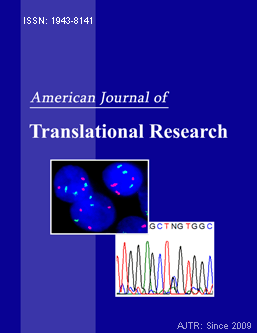
“Recent evidence suggests that endocannabinoids acting via cannabinoid CB1 receptors may modulate vascular responses of various vasoconstrictors in the rodent systemic vasculature.
The aim of the study was to investigate whether endocannabinoids modulate the contractile responses evoked by a thromboxane A2 analog (U46619), angiotensin II (Ang II), serotonin (5-HT) and phenylephrine which stimulate distinct Gq/11-protein coupled receptors (TP, AT1, 5-HT2 and α1-adrenergic) in isolated endothelium-intact human (hPAs) and rat pulmonary arteries (rPAs).
The present study shows the protective interaction between the endocannabinoid system and vasoconstriction to U46619 and Ang II in the human and rat pulmonary circulation. U46619 and Ang II may stimulate rapid endothelial release of endocannabinoids (mainly 2-arachidonoylglycerol), leading to CB1 receptor-dependent and/or -independent vasorelaxation, which in the negative feedback mechanism reduces later agonists-induced vasoconstriction.” https://www.ncbi.nlm.nih.gov/pubmed/28356298
http://ajpregu.physiology.org/content/early/2017/03/27/ajpregu.00324.2016







 “Endocannabinoids are pleiotropic lipid messengers that play pro-homeostatic role in cellular physiology by strongly influencing intracellular Ca
“Endocannabinoids are pleiotropic lipid messengers that play pro-homeostatic role in cellular physiology by strongly influencing intracellular Ca